Last updated on January 18, 2024
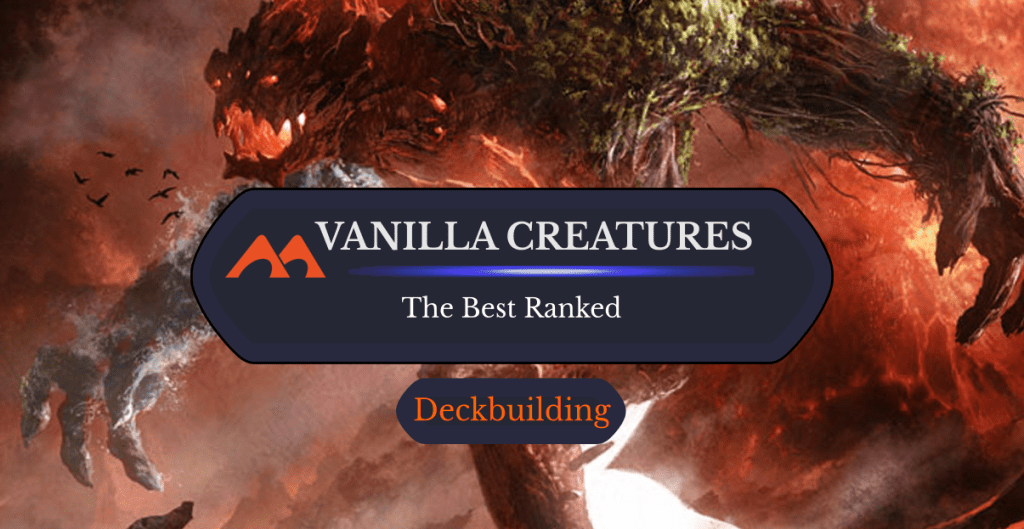
Fusion Elemental | Illustration by Michael Komarck
Magic players seem to collectively agree that cards and sets have become more complicated than they used to be. There’s more text on cards these days, they interact with each other in complex ways, and some even have six cards’ worth of text to read (yes, I’m looking at you, Alchemy Horizons: Baldur’s Gate).
Why don’t we take this time to put our feet up, forget about complexity creep, and rewind back to a simpler time by looking at some of Magic’s best vanilla creatures? What do they do, you ask? Absolutely nothing!
What Are Vanilla Creatures in MTG?

Savannah Lions (Masters 25) | Illustration by Winona Nelson
“Vanilla” is a slang term used to describe a creature in Magic that has no abilities. It’s just a basic creature with power and toughness, a type line, and mana cost, and usually a block of flavor text (check out Catacomb Crocodile for some premium vanilla creature flavor text).
Vanilla creatures used to be a mainstay of Magic sets and you could expect to see at least one vanilla creature of each color per set. They’re more of a rarity in today's Magic.
A lot of early vanillas have names that are associated with a certain stat line and mana value. A 2/1 for a generic mana and a colored mana is referred to as a Goblin Piker. Gray Ogre is the blueprint for a 3-mana 2/2. Did you cast a Micromancer with no 1-mana spells in your library? Congrats, you just got yourself a Hill Giant.
Today’s list is going to ignore the historical impact, French vanilla, and focus solely on vanilla creatures that earn their keep in one way or another. It’s a hard feat for a creature with no abilities, but we’ve got a short list of contenders that are doing everything they can to stay relevant.
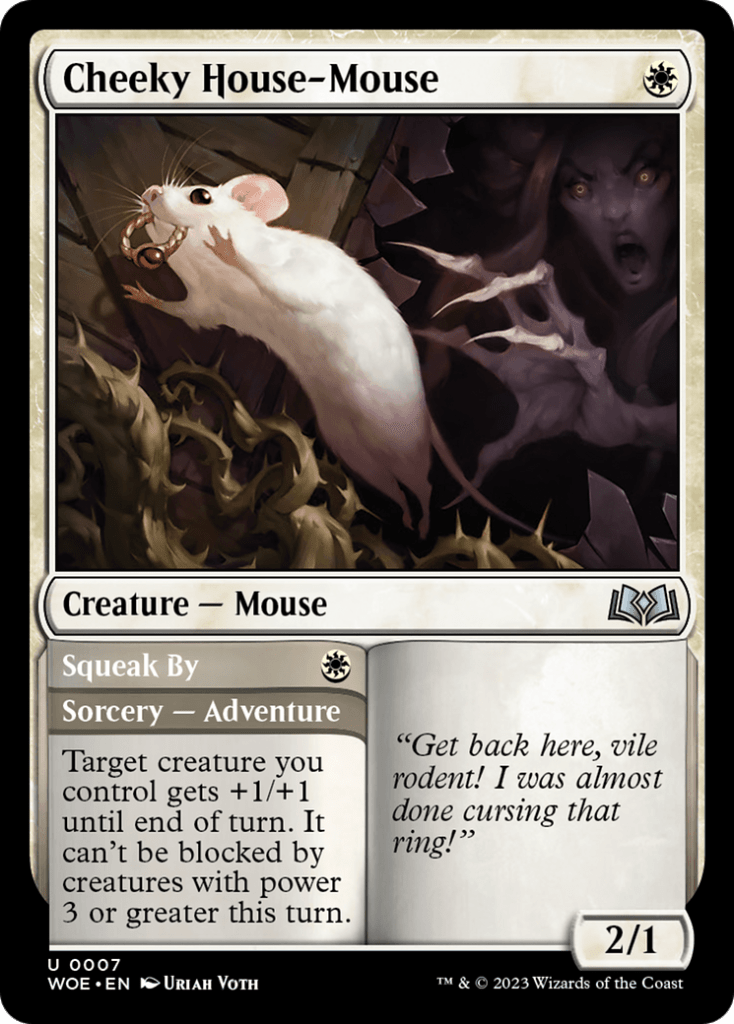
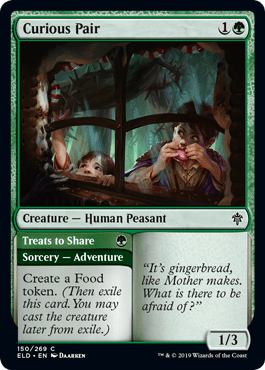

It's also worth mentioning a bunch of creatures with adventures could be considered vanilla, if you ignore their adventure, but we're skipping those for today.
What Does French Vanilla Mean?
The term “French vanilla” is used to describe a creature that has keywords as its only abilities. Cowl Prowler is vanilla, Colossal Dreadmaw is French vanilla. Easy, right? Now that you know, you can't leave today without being pointed to one of the best red commanders, Rograkh, Son of Rohgahh.
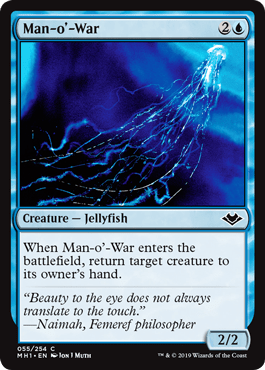

You might also hear the term “virtual vanilla” on occasion. This refers to a creature that does something the turn it comes into play but works as a normal vanilla creature from that point forward. Creatures like Man-o'-War and Viashino Pyromancer have one-shot ETB effects but no other abilities and are therefore considered virtual vanilla.
#16. Icehide Golem

Icehide Golem rivals Isamaru, Hound of Konda in terms of its cost-to-stats ratio. Snow mana isn’t free for every deck, but you can load up on these Golems if you’re running an aggressive build with snow lands.
#15. Metallic Sliver
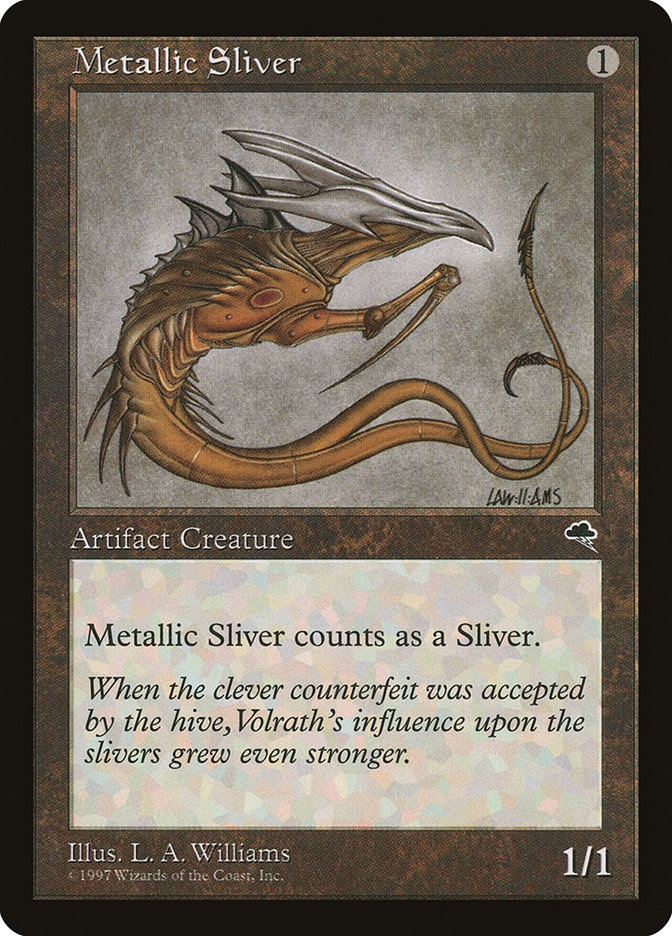
Slivers form a tribal archetype where each one provides a special ability to the “hivemind” of other slivers. Most sliver decks feature all five colors and can benefit from a few colorless creatures to pick up all those abilities.
Even though they don’t contribute to the hivemind, Metallic Sliver, Sliver Construct, and Venser's Sliver are easy-to-cast artifact slivers that benefit from your other slivers’ lord abilities.
#14. Aegis Turtle

Aegis Turtle only earns a mention for dethroning Kraken Hatchling and the other 0/4s as the best 1-drop vanilla blocker. It seems fair that the plane of behemoths and giant creatures (Ikoria) would have this absolute monster of a sea turtle.
#13. Indomitable Ancients
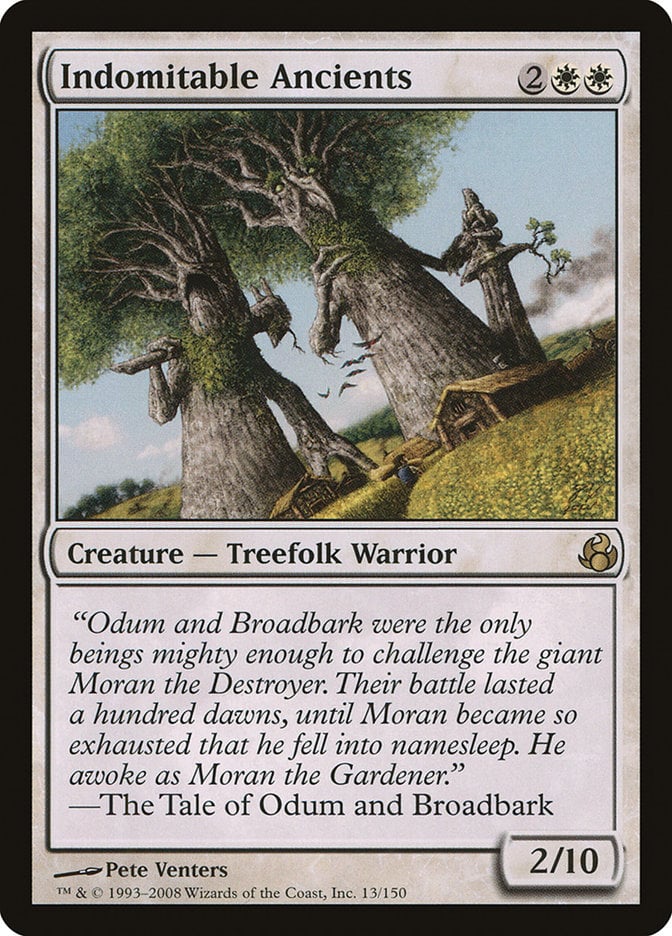
It’s way easier to jack up a creature’s toughness than its power if Indomitable Ancients is any indication. It’s not the most exciting rare but it’ll hold down the fort for you. It’s good for blocking, toughness-matters decks, and Sir Mix-a-Lot jokes.
#12. Kalonian Tusker

Kalonian Tusker and its multicolor friend Watchwolf outclass most 2-drop creatures with their only “downside” being that they’re harder to cast than the competition. Comparing Tusker to rares like Werewolf Pack Leader definitely makes it look lackluster, but these sorts of cards always shine in Limited formats.
#11. Savannah Lions

2/1s for one mana get their nickname from the Alpha Savannah Lions. I’m going to lump all of the vanilla Lions together because they’re all pretty much interchangeable.
White weenie strategies thrive off this type of card and some offer interesting tribal synergies, like Expedition Envoy being an ally and Elite Vanguard as a soldier.
#10. Fusion Elemental
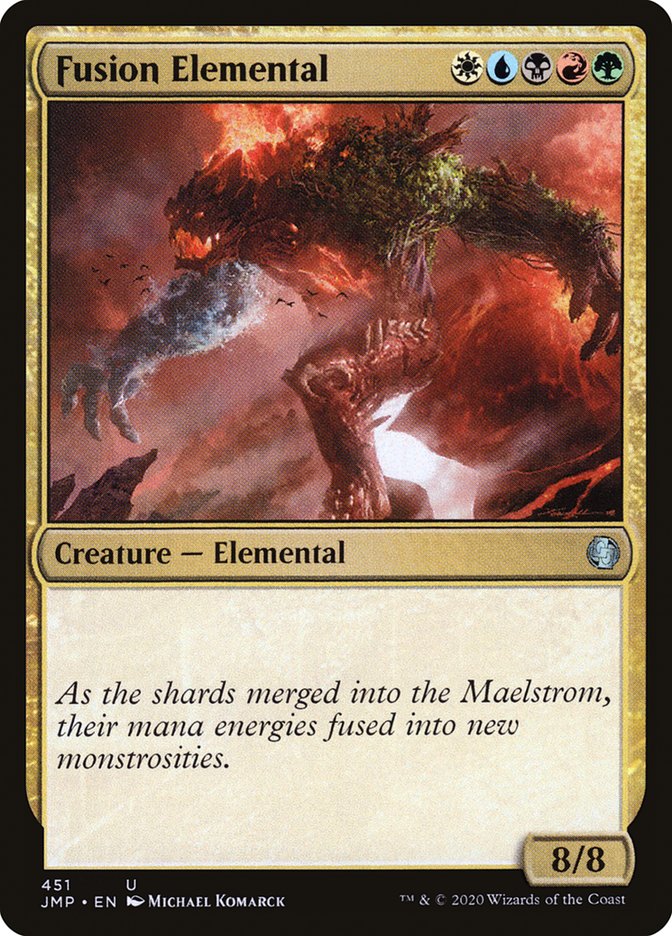
Fusion Elemental is a bit of a novelty creature. It’s a card that embarrasses the vanilla test but is held back by its mana cost. The Painbow Commander deck from Dominaria United introduced more support for 5-color cards, which gave the elemental more of a home.
It’s not a top choice, but not everything has to be.
#9. Vizzerdrix
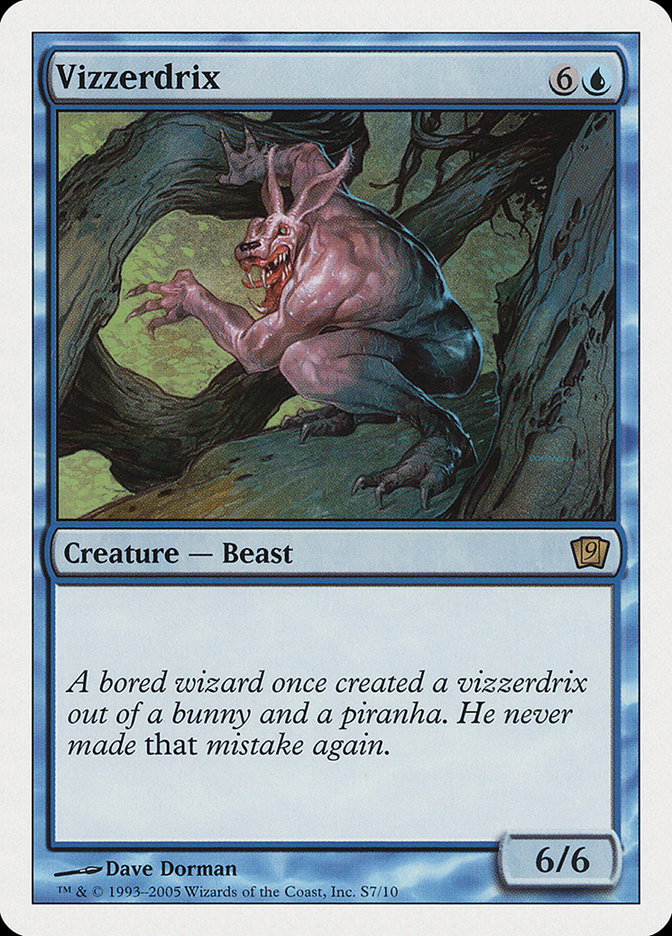
A list of vanilla creatures doesn’t feel complete without Vizzerdrix. It’s actually quite bad and always has been, but the mix of art, flavor text, and its ungodly stat line for a big pink bunny creature has always made it a fan favorite.
#8. Leatherback Baloth
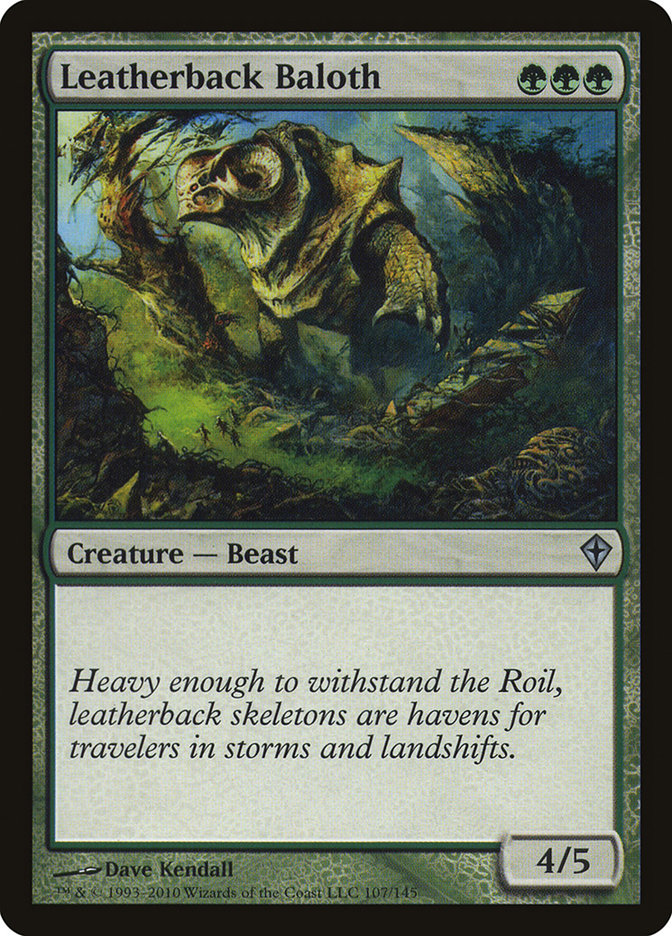
Leatherback Baloth has made the occasional appearance in casual green devotion decks and mono-green stompy decks. It crushes the vanilla test as an uncommon, but the mana cost is restrictive enough to bar it from the most competitive decks.
#7. Woolly Thoctar
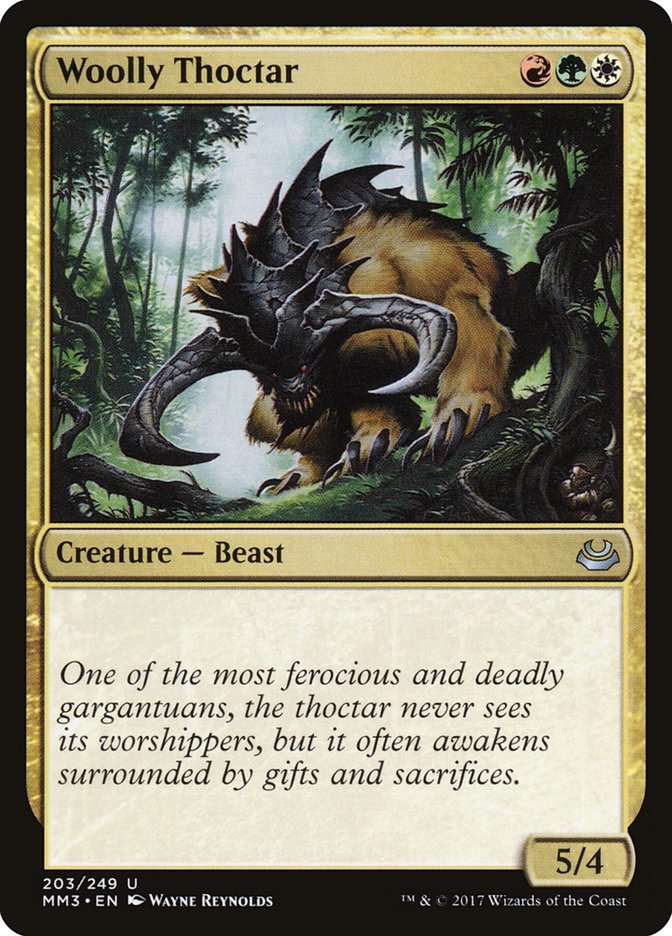
Shards of Alara was one of the first sets to play around with 3-color cards and showcased how you can power up cards with more stringent mana requirements. Other cards in this uncommon cycle had more abilities, like flying on Tower Gargoyle or lifelink on the pancake-flipping Rhox War Monk.
Woolly Thoctar’s only “ability” was being really, really big for a 3-drop. Some players describe this as the hidden “keyword: BIG” ability, which is just a cheeky way of saying the creature has good stats.
#6. Yargle, Glutton of Urborg

Yargle, Glutton of Urborg has certainly inspired more memes and jokes than it has interesting gameplay moments. Apparently, that was enough to warrant an entire Yargle-themed Secret Lair. To be fair nine is a lot of power on a 5-drop, and it makes it a killer combo with Tainted Strike.
#5. Isamaru, Hound of Konda
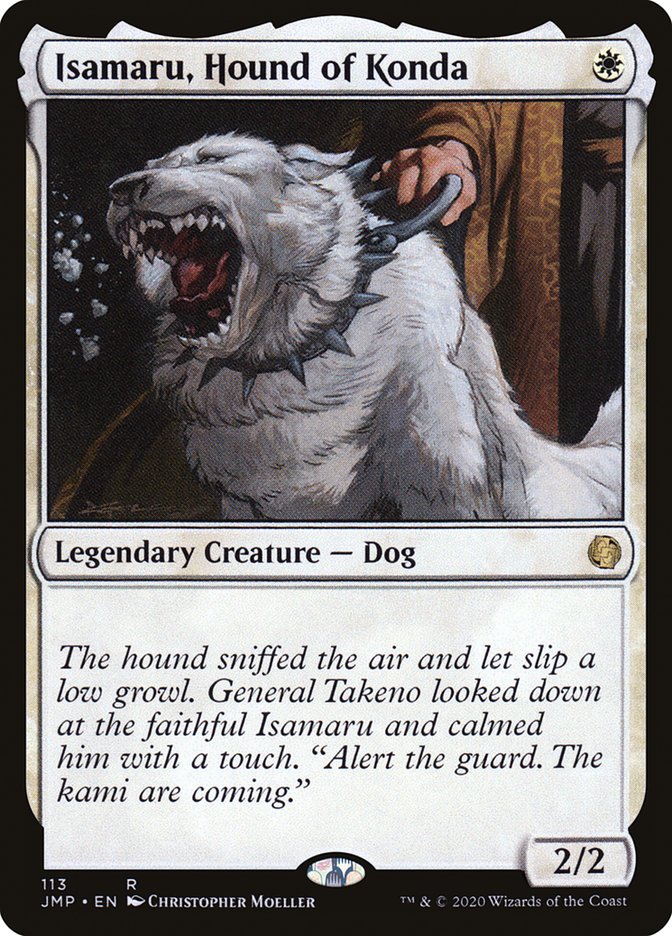
How do you make a legendary creature with no abilities feel exciting and unique? Turns out you can push the stats on a vanilla creature ever-so-slightly and balance it out with the fact that you can only control one copy at a time.
You can still find Isamaru, Hound of Konda dogging it out in Cubes as one of the best white 1-drops.
#4. Gigantosaurus
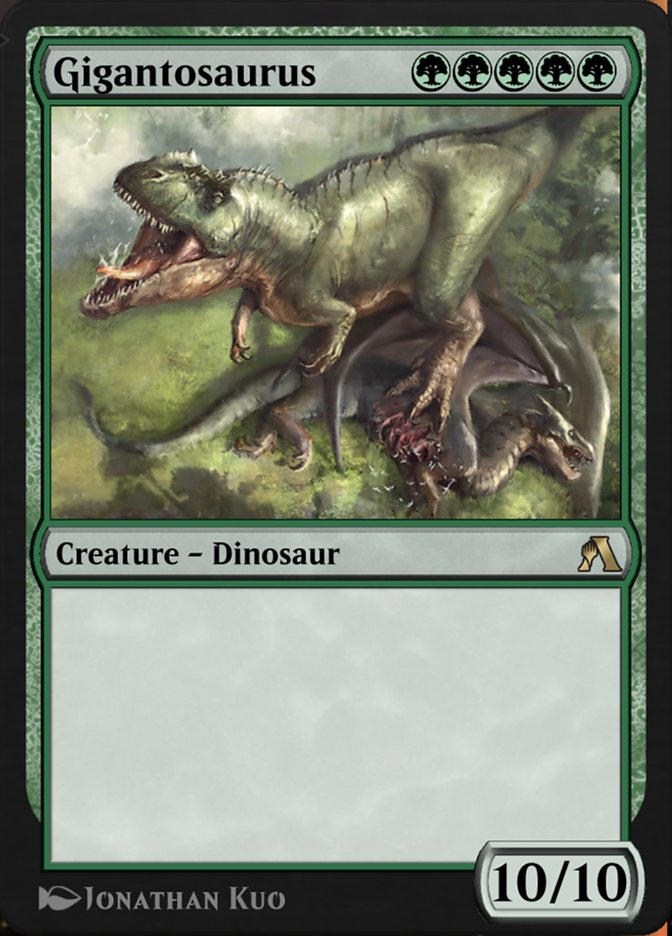
What would you call an imposing carnivorous vanilla dinosaur? Tyrannonormous? Velociwhopper? The Colossal Fossil?
All great suggestions, but Wizards went with Gigantosaurus and I’m not mad at it. It’s a silly demonstration of what you can do when you add a bunch of colored pips to make a creature harder to cast.
#3. Kobolds of Kher Keep + Crimson Kobolds + Crookshank Kobolds

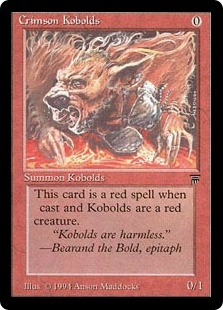
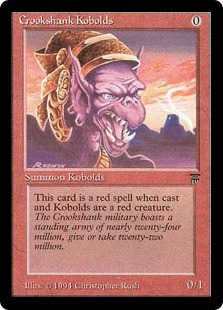
Kobolds of Kher Keep, Crimson Kobolds, and Crookshank Kobolds are all functionally identical 0/1 creatures that are free to cast. There are only 14 kobold creatures in print, so you better believe some of these are making your deck if you plan on building around Rohgahh, Kher Keep Overlord.
#2. Memnite + Phyrexian Walker
Memnite gives you the bare minimum for a creature that’s free to cast. This and its lesser-known counterpart Phyrexian Walker can be found turboing out affinity creatures like Myr Enforcer, turning on Mox Opals and picking up a turn two Colossus Hammer in Modern.
Phyrexian Walker and Memnite also mean a lot as free artifacts and are part of many an infinite combo given a few key friends. Here's one relatively straightforward combo that's quite fair and requires adding Ashnod's Altar, Nim Deathmantle, and Samwise the Stouthearted. This gets you endless death triggers, as many creature casts as you want, and dare I say, an infinite storm count.
Here is how it works: Control each of them on the battlefield, sacrifice the Walker to the Altar, and say “no” to the Deathmantle trigger. Sacrifice Sam to the Altar and this time pay for Nim Deathmantle‘s trigger. When Sam triggers, bring the Walker back to your hand and cast Phyrexian Walker. Then repeat as desired.
#1. Yargle and Multani
The cost-to-power and toughness ratio of this card is off the charts and that puts it on top of this list. Yargle and Multani threatens to win the game in one attack because I'm betting you've heard of Rancor before. How about I bring attention to far less popular cards like Footfall Crater, Hero's Heirloom, and Sword of Vengeance that also help Yargle and Multani finish off opponents?
Best Vanilla Creature Payoffs
Jasmine & Ruxa
So what are your incentives for cramming a deck full of vanilla creatures? Well, there are currently two legendary creatures that explicitly reward you for playing vanillas.

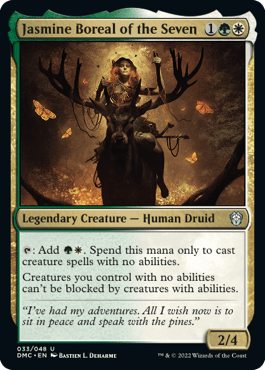
Ruxa, Patient Professor buys them back from the graveyard, pumps them, and even helps them push through damage. Jasmine Boreal of the Seven helps ramp into more expensive vanillas and makes them tough to block.

Outside these two commanders, you also have Muraganda Petroglyphs as another payoff, but the support ends there. Maybe we’ll see more designs like this in the future, but I’d say it’s unlikely given R&D’s shift away from printing vanilla creatures.
Niche Tribal Themes
Vanilla creatures can also be justified as a way to flesh out a tribal deck that doesn’t have much support. I wouldn’t fault anyone for running a spare Quilled Slagwurm in their Baru, Wurmspeaker deck given the relatively small number of great wurm creatures.
You might be familiar with Graham Stark of LoadingReadyRun fame. He once appeared on an episode of The Command Zone’s “Game Knights” playing what he referred to as his “Bear Force One” deck. With Ayula, Queen Among Bears as his commander, the deck required a high density of bear creatures to function. Objectively bad cards like Bear Cub and Runeclaw Bear made an appearance thanks to the limited number of bears in print.
If you’re looking to build a niche tribal deck around an under-supported creature type, you might use some vanilla creatures as a placeholder until better options come along.
Scoop Up

Woolly Thoctar (Shards of Alara) | Illustration by Wayne Reynolds
Vanilla creatures are a pivotal part of Magic’s history. They’re not the most jaw-dropping cards out there but they saw continued print for more than 20 years and still serve as a backbone for how creature cards are costed to this day.
Did I miss any of the good vanilla creatures? They’re easy to overlook but surprisingly effective when they pop up at competitive tables. What’s your favorite flavor? I'm in the camp that actually enjoys vanilla at the ice cream shops with 31 flavors. Let me know in the comments below or over on the Draftsim Twitter.
Thank you for making Draftsim your #1 stop for all things Magic!
Follow Draftsim for awesome articles and set updates:
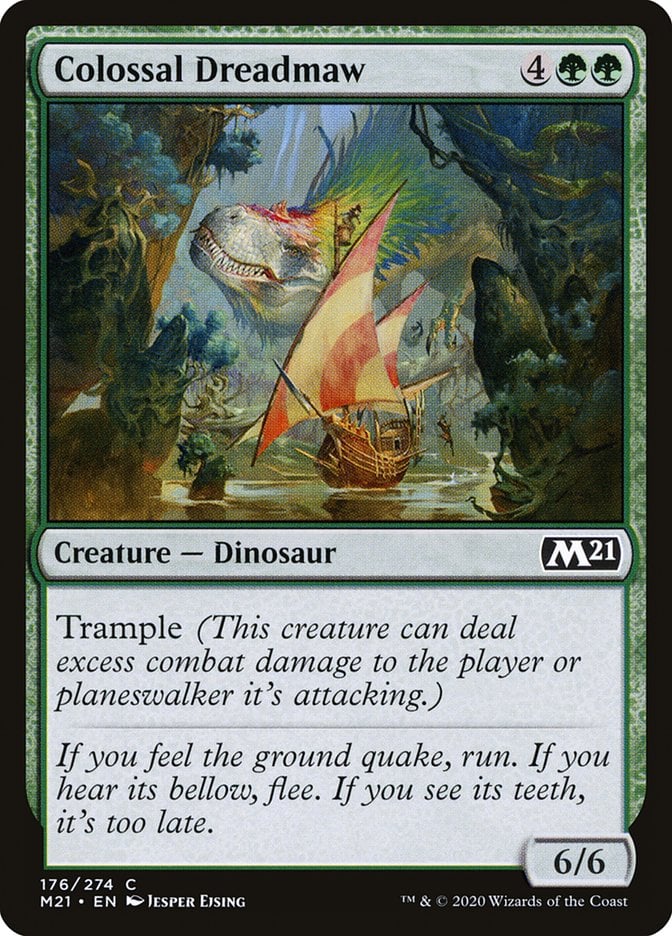


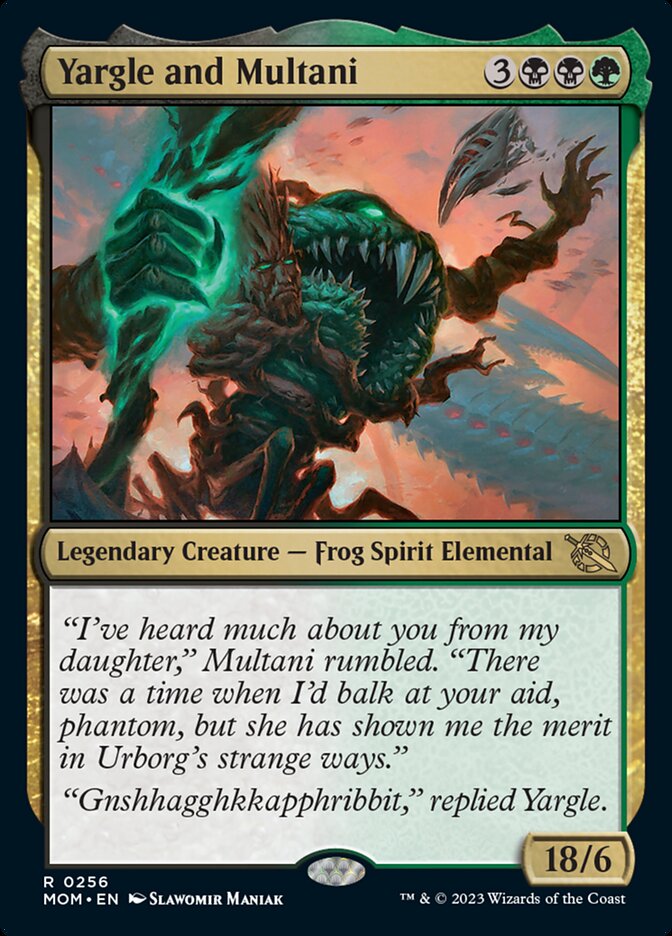


Add Comment